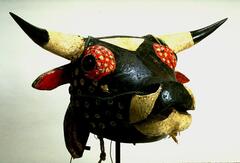24 UMMA Objects
24 UMMA Objects
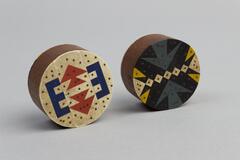
Nguni (Nguni)
Wooden Cylinders (Pair)
1800 – 1999
Gift of the Robbins Center for Cross Cultural Communications in memory of Warren M. Robbins
2014/2.70.1-2
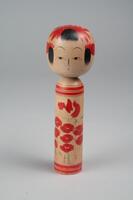
Japanese (Japanese (culture or style))
Kokeshi Doll
1925 – 1975
Gift of Harold W. Stevenson, University of Michigan Professor Emeritus in Psychology
2021/1.132
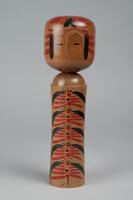
Japanese (Japanese (culture or style))
Kokeshi Doll
1925 – 1975
Gift of Harold W. Stevenson, University of Michigan Professor Emeritus in Psychology
2021/1.136
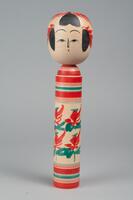
Japanese (Japanese (culture or style))
Kokeshi Doll
1925 – 1975
Gift of Harold W. Stevenson, University of Michigan Professor Emeritus in Psychology
2021/1.137
Japanese (Japanese (culture or style))
Buddhist Figure
19th century
Transfer from the University of Michigan Center for Japanese Studies
2017/2.110.1A

Indian (Indian (South Asian))
Guardian Figure
18th century
Gift of Professor Walter M. and Nesta R. Spink
2017/2.136
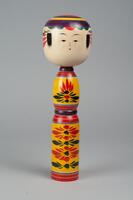
Japanese (Japanese (culture or style))
Kokeshi Doll
1925 – 1975
Gift of Harold W. Stevenson, University of Michigan Professor Emeritus in Psychology
2021/1.134
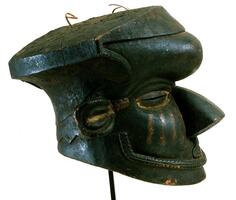
Kuba (Kuba (Democratic Republic of Congo style))
Bwoom type mask
1890 – 1910
Gift of Al and Margaret Coudron
1982/2.52

Gordon Newton (American (North American))
Bletchley Park Annex 4
2012
Gift of the Estate of Gordon Newton
2021/1.98
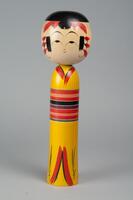
Japanese (Japanese (culture or style))
Kokeshi Doll
1925 – 1975
Gift of Harold W. Stevenson, University of Michigan Professor Emeritus in Psychology
2021/1.135

Oscar Peterson
Pike Decoy
1923 – 1933
Gift of The Daniel and Harriet Fusfeld Folk Art Collectionn
2002/1.216
Loading…
